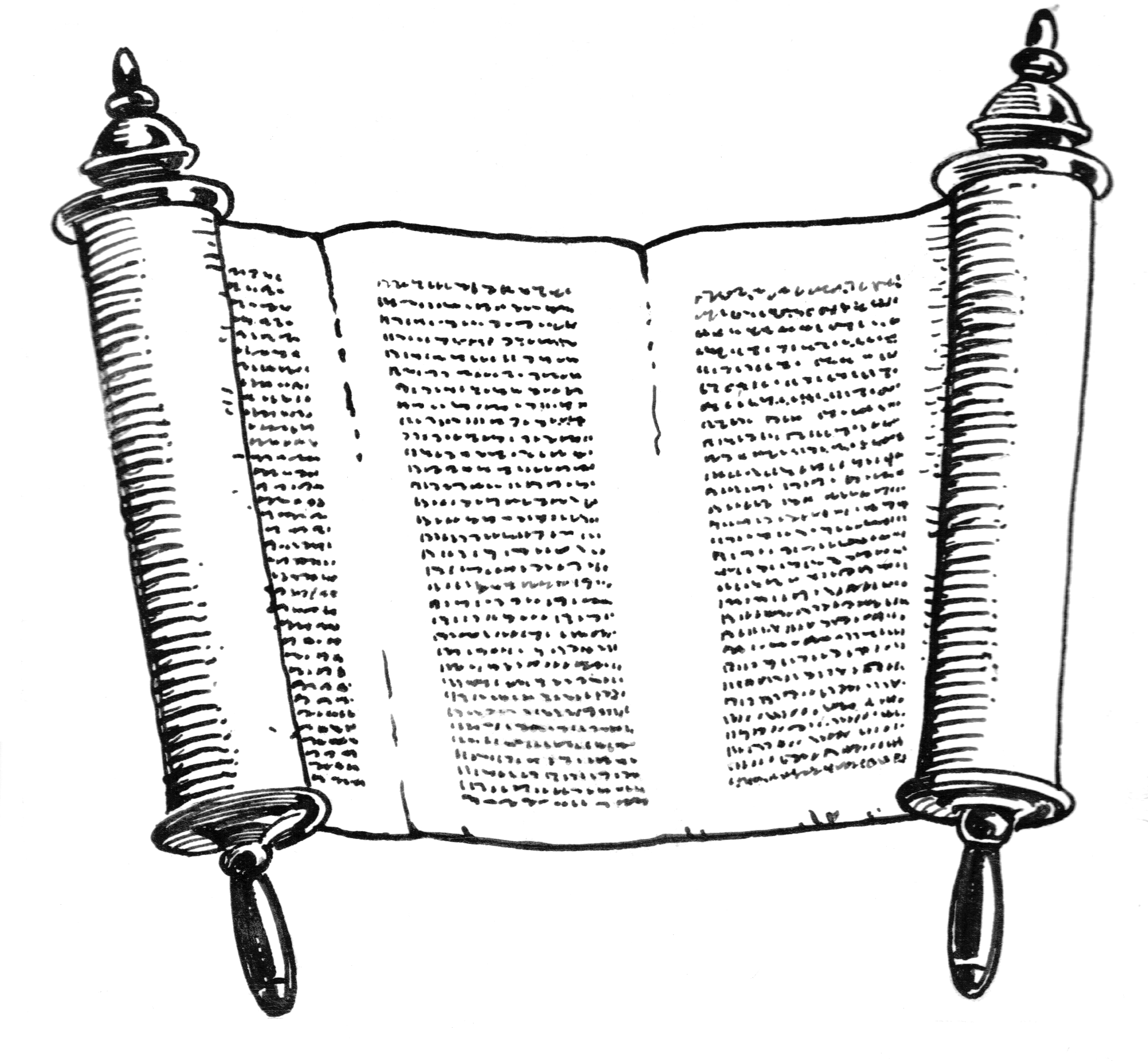
Imagining the Author of Deuteronomy as a Woman: a Midrash
In this midrash, Huldah’s musings are “overheard” by Rabbi Arthur Waskow, director of The Shalom Center. The midrash was written for a class at the National Havurah Institute of 2018, led by Sabrina Sojourner. Huldah was in fact named by the Tanakh and the Talmud as one of the seven women recognized as prophets. (Many translations turn “neviah” into “prophetess,” but in the 21st or 58th century, that seems as inappropriate as “Jewess: or “poetess.”)
For biblical passages on Huldah, see II Kings 22:14-20 and II Chronicles 34: 22-28. She became the wife of Shallum, keeper of the king’s wardrobe—a prestigious and powerful role. As for the Scroll she authenticated as truly Torah, most modern scholars think it was Deuteronomy, and most of them also think that Deuteronomy was written in a Hebrew style characteristic of the time of Huldah and Jeremiah, separate from the other texts of the Five Books.



